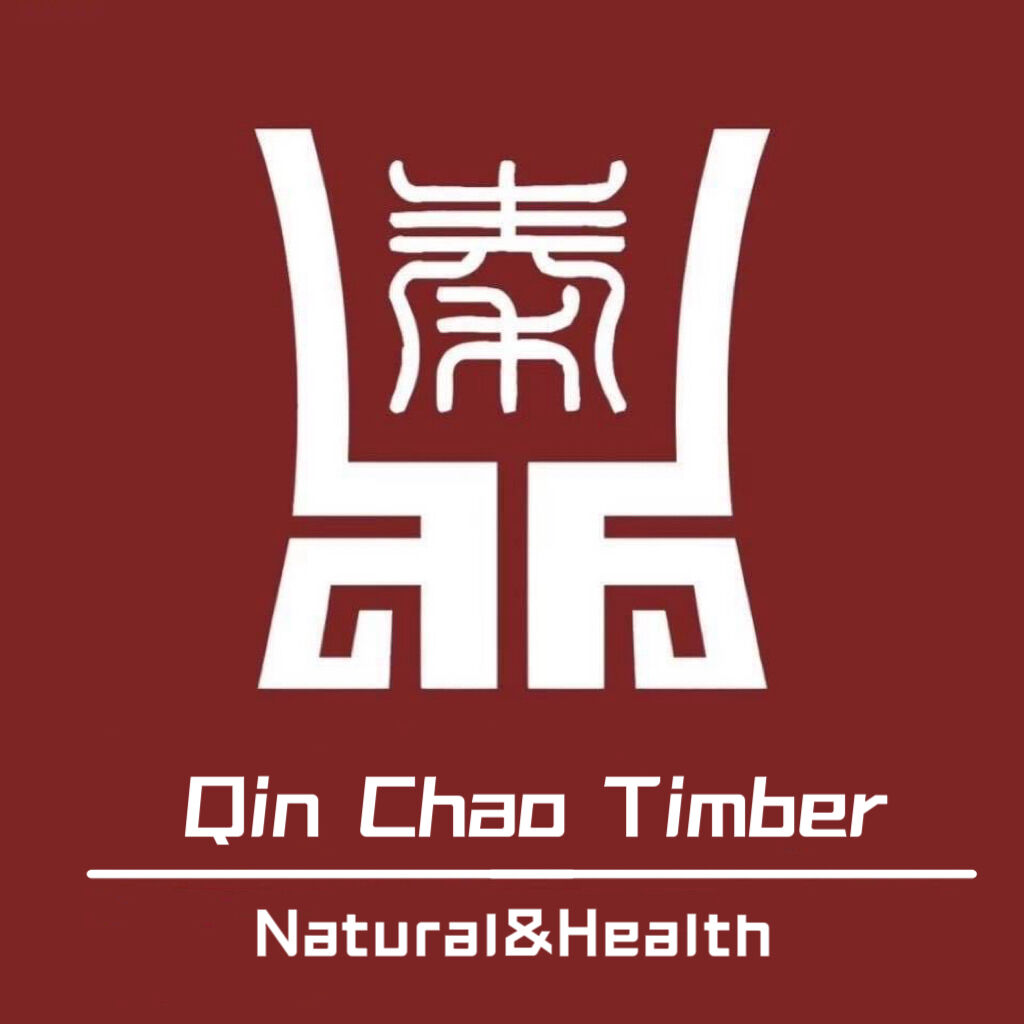The Science Behind Thermal Modification and Wood Stability
What Is the Thermal Modification Process of Wood?
Thermally modified wood undergoes a precise heat treatment process where temperatures reach 180–230°C in oxygen-controlled chambers. This 48–96-hour procedure uses steam to prevent combustion while permanently altering the wood’s cellular structure. Unlike pressure-treated alternatives, this method requires no chemicals, making it an eco-friendly durability solution for exterior cladding.
Chemical and Structural Changes During Thermal Treatment
Heating wood beyond 160°C triggers irreversible chemical reactions:
- Hemicellulose breakdown: Reduces hygroscopicity by 40–60% (USDA Forest Service 2022)
- Lignin reorganization: Forms hydrophobic bonds that minimize water penetration
- Cellulose preservation: Maintains 85–90% of original tensile strength
These changes collectively reduce wood’s equilibrium moisture content from 12% to 4–6%, significantly enhancing dimensional stability.
How Heat Alters Hemicellulose, Lignin, and Cellulose Composition
The thermal modification process targets hemicellulose—the most moisture-sensitive wood polymer. Heating to 200°C degrades 70–80% of hemicelluloses, eliminating food sources for decay fungi. Lignin undergoes condensation reactions, increasing cross-linking density by 30%, while cellulose microfibrils remain largely intact, preserving mechanical strength.
The Role of Oxygen-Free Environment in Enhancing Wood Stability
Thermal modification today often relies on chambers purged with nitrogen or steam to get those oxygen levels down under 2 percent. What this does is create an environment where nothing can burn away, stop the lignin from breaking down due to oxidation, and basically ensure consistent results every time. Research has shown that when we remove oxygen during processing, the stability of the wood goes up around 40% compared to regular methods according to some tests done back in 2020 at ETH Zurich. And guess what? These improved woods actually meet those tough EN 335-3 standards from 2021 for materials used outside buildings too.
Superior Resistance to Moisture, Rot, and Biological Degradation
How Thermally Modified Wood Resists Moisture Absorption
When wood undergoes thermal modification, it becomes significantly less prone to absorbing moisture because the process changes both hemicellulose and cellulose structures within the material. Tests show this can cut down moisture uptake by around half compared to regular untreated wood. The result is a surface that basically pushes water away instead of soaking it up, which means the wood won't swell or warp so easily when exposed to humidity. According to research published in the 2023 Building Materials Durability Report, cladding made from thermally modified wood held onto just 12 percent less moisture than standard pressure treated options after sitting outside for six whole months.
Natural Resistance to Fungal Decay Without Chemical Treatments
By breaking down hemicellulose—the primary nutrient source for fungi—during thermal treatment, the wood gains inherent decay resistance. This eliminates reliance on copper-based preservatives or toxic coatings, supporting sustainable building practices. Thermally modified wood achieves durability class 1 (highest resistance) under EN 350 standards, comparable to tropical hardwoods like teak.
Reduced Risk of Mold and Rot Growth in Humid Climates
With low equilibrium moisture content (8–10%) and depleted nutrients, thermally modified wood is highly resistant to mold development. In a Florida field trial, researchers observed 94% less fungal colonization on thermally modified cladding than on cedar after 18 months in subtropical conditions.
Effectiveness Against Termites and Wood-Boring Insects
Thermal modification alters lignin polymers, creating a denser cellulose matrix that deters insect infestation. A 2024 Forest Products Laboratory study found termites consumed 30 times less thermally modified wood than untreated pine in controlled tests. Combined with reduced moisture retention, this provides long-term protection without insecticides.
Dimensional Stability and Long-Term Performance in Exterior Cladding
Why Thermally Modified Wood Exhibits Lower Swelling and Shrinking
Thermal modification degrades hemicelluloses—the main components responsible for moisture uptake—while increasing lignin cross-linking. According to a 2022 Forest Products Journal study, this reduces moisture absorption by 40–60%, resulting in boards that expand 72% less during humidity spikes (from 30% to 90% RH), maintaining tighter joints in cladding systems.
Measuring Dimensional Stability: Data from ASTM D1037 Testing
According to ASTM D1037 tests, when exposed to changing humidity levels between 25% and 95%, thermally treated wood swells tangentially by no more than 2%. That's a huge improvement over regular wood which can expand anywhere from 8% to 12% under similar conditions. Looking at another dimension, radial movement is reduced dramatically too. Independent laboratory studies from last year indicate an impressive drop of around 89%. What does all this mean for actual construction? Contractors working on coastal developments have noticed something remarkable. After five years in service, gaps between wooden joints typically measure just 0.5 to 1.2 millimeters. Compare that to standard timber where these gaps tend to widen to between 3 and 5 millimeters over the same period. These differences matter a lot in long term maintenance costs and structural integrity.
Long-Term Performance: Minimizing Gaps and Distortions in Cladding Joints
When materials don't expand and contract so much, there are just fewer problems with how things look and hold together over time. According to some recent research published in Building and Environment back in 2023, most (around 9 out of 10) installations of this special treated wood kept those joints pretty tight for about a decade, staying below 1.5mm apart. Getting the installation right matters too. Contractors should leave those little gaps between boards, somewhere around 3 to 5 millimeters, which stops the edges from curling up. We've seen this work well in cold northern regions where temperatures swing wildly. After going through 18 full cycles of freezing and thawing, these wooden panels stayed flat and straight. That kind of stability beats what we typically see with fiber cement siding or vinyl options on the market today.
Average Service Life: 25–40 Years in Exterior Cladding Systems
Thermally modified wood typically lasts 25–40 years in exterior applications, far exceeding the 10–15 year lifespan of untreated wood. This longevity stems from low equilibrium moisture content (<10%) and enhanced biological resistance. A 2023 field study of coastal installations showed 92% structural integrity retention after 15 years, compared to 58% for pressure-treated alternatives.
Performance in Freeze-Thaw Cycles and High UV Exposure Areas
The material demonstrates minimal linear expansion (0.2–0.4%) during ASTM D1037 freeze-thaw testing (-20°C to +40°C). In high UV regions such as Arizona and Queensland, performance data shows:
| Exposure Duration | Color Fade (Delta E) | Surface Checking Depth |
|---|---|---|
| 5 years | 3.2 | <0.5 mm |
| 10 years | 5.8 | 1.1 mm |
Applying UV-inhibitor finishes can reduce fading by 40% while preserving vapor permeability.
Strategies for Installation in Tropical and Arid Environments
In tropical climates (≥80% RH), best practices include:
- Maintaining 6–10 mm expansion gaps between boards
- Using stainless steel fasteners with 15–20% overlap
- Installing vapor-permeable membranes behind cladding
For arid regions:
- Conduct solar orientation analysis to minimize direct UV exposure
- Seal board ends with paraffin-based treatments
- Incorporate cross-ventilation channels every 1.2 m vertically
Maintenance Requirements for Thermally Modified Wood Cladding
Regular annual cleaning using pH neutral detergents along with inspections twice a year generally covers most maintenance requirements. Thermal modification changes things though - unlike regular untreated wood, these special cladding materials don't need those pesky chemical coatings reapplied. According to some recent research from 2024, owners save around 63 percent on maintenance expenses when comparing thermal modified wood to traditional painted cedar systems over two decades. For spots where people walk all over it, applying those special non film forming oils every three to five years helps bring back almost all (about 98%) of the original water resistance properties that make this material so durable in the first place.
Cost-Benefit and Sustainability Advantages Over Traditional Cladding Materials
Comparison with Untreated Wood: Decay Resistance Based on EN 350 Standards
Thermally modified wood achieves Class 1 decay resistance under EN 350 standards, surpassing untreated softwoods (Class 4–5). A 2023 material longevity study showed thermally modified pine resisted 90% more rot than untreated equivalents after 15 years in exterior use.
Warping and Cracking: Field Observations Over 5-Year Periods
Architectural surveys indicate thermally modified wood cladding experiences 72% less deformation than traditional cedar in freeze-thaw climates. Monitoring of 200 installations revealed cracking rates below 3% after five years, compared to 21% in untreated systems.
Cost-Benefit Analysis: Upfront Investment vs. Lifecycle Savings
Though initial costs are 15–30% higher than conventional softwoods, lifecycle analyses project 40% savings over 25 years. Extended maintenance intervals (from recoating every 3 to every 8 years) and reduced replacement frequency allow upfront premiums to be recouped within 6–12 years.
Environmental Impact: Thermally Modified Wood as a Sustainable Choice
The thermal modification process reduces embodied carbon by 32% compared to pressure-treated wood (2022 LCA data). Over 95% of production inputs come from FSC-certified sawmill residues, supporting circular economy principles while eliminating toxic preservatives commonly used in traditional wood cladding.
Table of Contents
- The Science Behind Thermal Modification and Wood Stability
- Superior Resistance to Moisture, Rot, and Biological Degradation
- Dimensional Stability and Long-Term Performance in Exterior Cladding
- Average Service Life: 25–40 Years in Exterior Cladding Systems
- Performance in Freeze-Thaw Cycles and High UV Exposure Areas
- Strategies for Installation in Tropical and Arid Environments
- Maintenance Requirements for Thermally Modified Wood Cladding
- Cost-Benefit and Sustainability Advantages Over Traditional Cladding Materials


 Products
Products